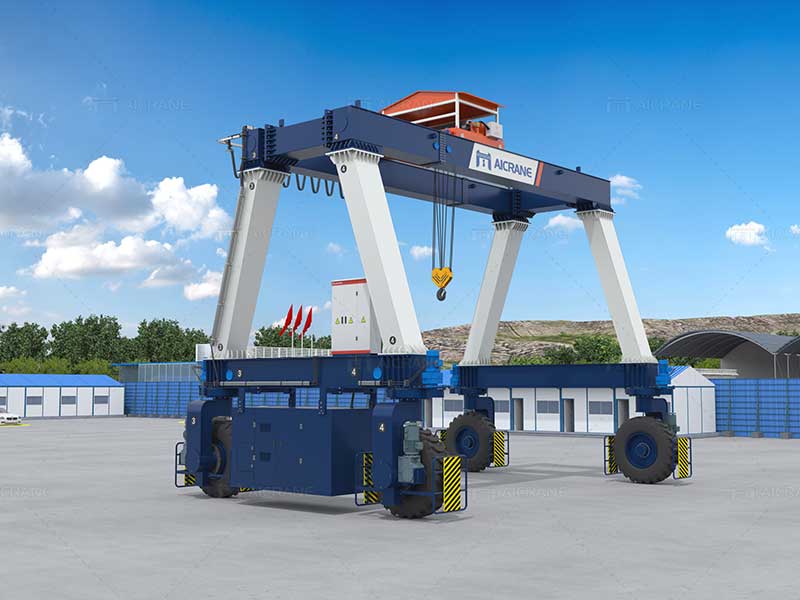
Improving Efficiency with Rubber Tyred Gantry Cranes
This article explores various strategies to improve the efficiency of rubber tyred gantry cranes.

© 2024 Crivva - Business Promotion. All rights reserved.